Outer Space & Universe
Outer Space & Universe
Space, also known as outer space, is the near-vacuum between celestial bodies. It is where everything (all of the planets, stars, galaxies and other objects) is found.
On Earth, space begins at the Kármán line (100 km above sea level). This is where Earth's atmosphere is said to stop and outer space begins. This is not a firm boundary but is a convention used by scientists and diplomats.
Items in space are free to move back and forth; up and down; and left and right. These three dimensions are what make 3D space. Items also move forward through time, which is sometimes called the fourth dimension.
The majority of space contains very little matter and so most of it is a vacuum. Scientists do not know how big space is but we do know that space is extremely big, and is always expanding.
According to the big bang theory, all matter and energy in the Universe was compressed into a very small space. Then it exploded and started expanding. Space is still growing in size today; this means the distance from one galaxy to distant galaxies is getting longer.
Gravity is the force that keeps the Moon in orbit around the Earth and the planets in orbit around the Sun. Gravity can stretch and bend space similar to how a heavy ball placed on a stretched sheet of rubber will cause the rubber to stretch. The scientist who discovered that space can bend is named Albert Einstein. How gravity bends space is part of his theory of general relativity.
Astronauts, Cosmonauts, Taikonauts and Spationauts
An astronaut is any person who is trained by NASA to travel and perform tasks in space. Although the space traveler may not necessarily be a United States citizen, each astronaut does go through a rigorous training regiment by the National Aeronautics and Space Administration. Other space travelers go by other names then astronaut depending on their country of origin.
In the United States, astronaut is derived from the Greek words ástron (star) and nautis (sailor). While, in Russia, a space traveler goes by the name космонавт (English: cosmonaut), which is derived from the Greek words kosmos (universe) and nautis (sailor). Westerners call a space traveler from China a taikonaut, based on the 1998 writings of Chiew Lee Yik and Chen Lan where the term tàikōng (great emptiness), Chinese for “space”. In China, the term yuháng yuán (universe navigator) is used for space traveler.
Only the United States of America (United States), Russia (earlier, the Union of Soviet Socialist Republics), and the People’s Republic of China (China) have sent manned spacecraft into space. Other countries have assisted these countries by sending their own space travelers on space missions. For instance, a French space traveler is called a spationaut (from the French word spationaute), which is derived from the Latin spatium (space) and Greek nautis (sailor). (plural in Greek nautes = sailors)
-
05:47 New

Japanese astronaut takes command of space station in on-orbit ceremony
Added 1 Views / 0 LikesJAXA (Japan Aerospace Agency) astronaut Takuya Onishi was handed the key to the International Space Station by Roscosmos cosmonaut Alexey Ovchinin in a change of command ceremony on April 18, 2025. Credit: NASA
-
New

Watch live! NASA astronaut Don Pettit and 2 cosmonauts return to Earth from ISS
Added 1 Views / 0 LikesNASA astronaut Don Pettit and cosmonauts Alexey Ovchinin and Ivan Vagner are scheduled to return to Earth aboard their Soyuz MS-26 spacecraft on April 19, 2025. The deorbit burn is scheduled for 8:26 p.m. EDT (0026 UTC April 20) and landing in Kazakhstan
-
01:08 New
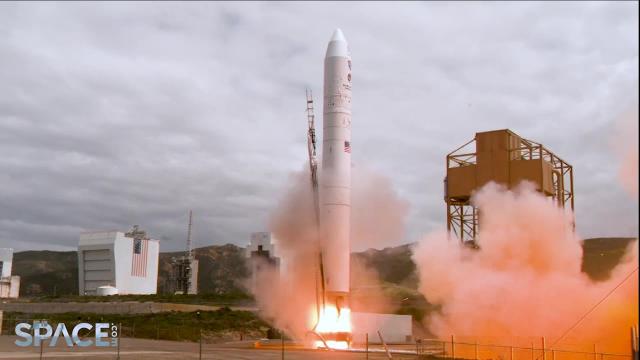
Repurposed ICBM launches secret US spy satelliteS from California
Added 1 Views / 0 LikesA Northrop Grumman Minotaur IV rocket launched the NROL-174 mission from Vandenberg Space Force Base in California on April 16, 2025. Full Story: https://www.space.com/space-exploration/launches-spacecraft/rocket-repurposed-from-intercontinental-ballistic
-
01:06 New
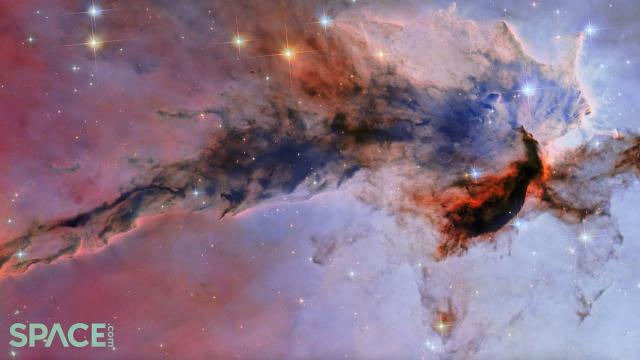
Hubble spies 9.5 light-year bit of the amazing Eagle Nebula
Added 1 Views / 0 LikesThe Hubble Space Telescope has caputured new imagery of 9.5 light-years tall portion the Eagle Nebula, located 7000 light-years distant from Earth.Credit: ESA/Hubble & NASA, K. Noll, N. Bartmann (ESA/Hubble) | edited by Space.com
-
02:34 New

'Born to be in space' astronaut Don Pettit highlights amazing space station science mission
Added 1 Views / 0 LikesNASA astronaut Don Pettit is scheduled to return to Earth from the International Space Station, completing his 4th mission to the orbital outpost. See some of the science he conducted and photography he captured. Credit: NASA
-
01:10 New
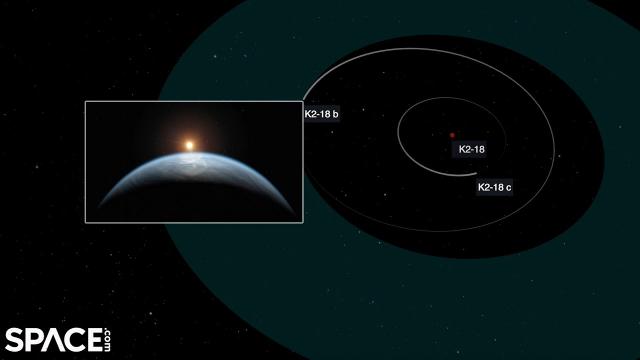
Signs of alien life? New study finds potential biosignatures on ocean world
Added 1 Views / 0 LikesData from the James Webb Space Telescope on exoplanet K2-18b has revealed the "strongest hints yet of biological activity outside the solar system," according to a University of Cambridge study. Full Story: https://www.space.com/the-universe/exoplanets/po
-
01:11 New
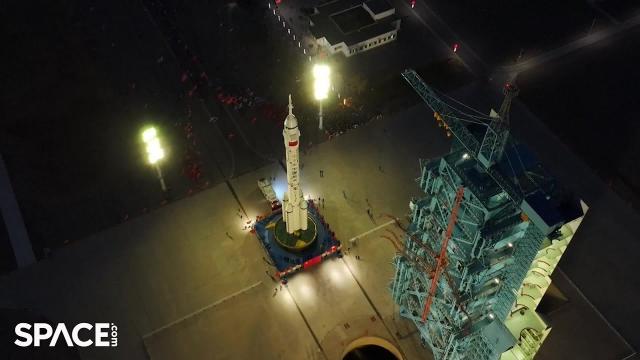
China's Shenzhou 20 crew's Long March 2F rocket rolled out to the pad
Added 1 Views / 0 LikesChina's Long March-2F rocket that will launch the Shenzhou-20 crew to the Tiangong space station was rolled out to the launch pad at the Jiuquan Satellite Launch Center on April 16, 2024. Credit: Space.com | footage courtesy: China Central Television (CCT
-
01:31 New
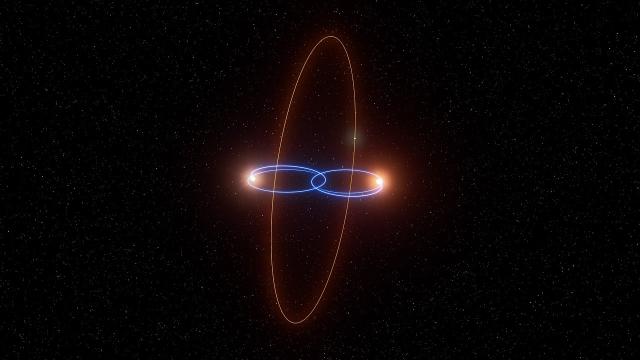
Planet found in odd perpendicular orbit of 2 stars
Added 1 Views / 0 LikesExoplanet 2M1510 (AB) b’s is an unusual polar orbit of a pair of brown dwarfs. Full Story: https://www.space.com/the-universe/exoplanets/scientists-discover-bizarre-double-star-system-with-exoplanet-on-a-sideways-orbit-videoCredit: ESODirected by: Angelos
-
04:21 New
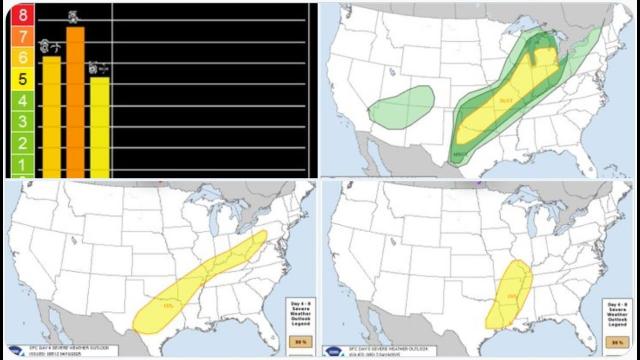
Strong Geomagnetic Storm & a Full Weekend of Severe Weather & Heavy Rain for parts of the USA
Added 1 Views / 0 Likeshello.how are you?stay cool.God bless everyone,https://www.paypal.me/THORnewshttps://venmo.com/TEric-Lewisonhttps://www.patreon.com/thornews
-
05:02 New
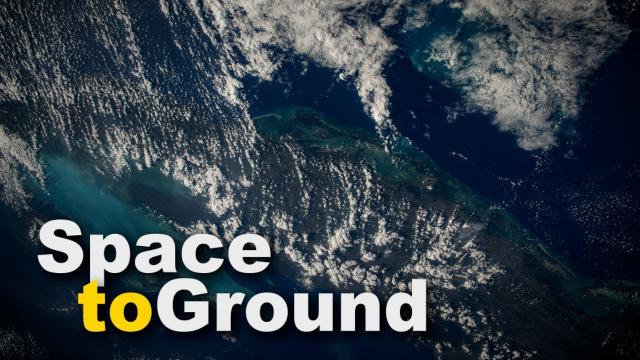
Space to Ground: One in a Million: April 18,2025
Added 1 Views / 0 LikesNASA's Space to Ground is your weekly update on what's happening aboard the International Space Station. Got a question or comment? Use #AskNASA to talk to us.Learn more about the important research being operated on Station:https://www.nasa.gov/iss-scien
-
00:22 New
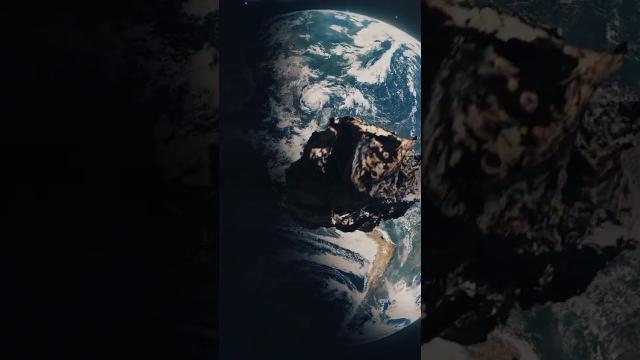
We're Watching the Skies So You Don't Have To
Added 1 Views / 0 LikesNASA's original documentary — Planetary Defenders — premieres today Wednesday, April 16, 2025 at 4:30 pm ET on NASA's YouTube and NASA+. Don't miss it: — https://www.youtube.com/nasa — https://plus.nasa.gov/video/planetary-defenders
-
00:30 New

Pan video: Sombrero Galaxy
Added 1 Views / 0 LikesLocated around 30 million light-years away in the constellation Virgo, the Sombrero Galaxy is instantly recognisable. Viewed nearly edge on, the galaxy’s softly luminous bulge and sharply outlined disc resemble the rounded crown and broad brim of the Mexi
